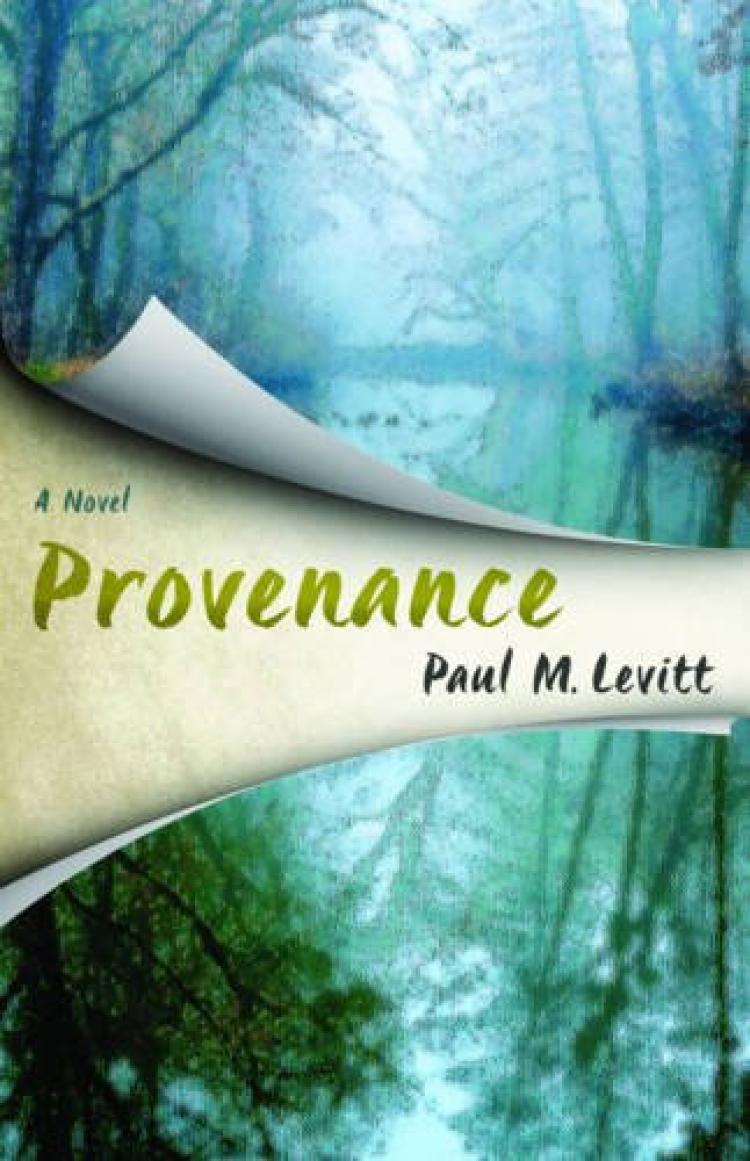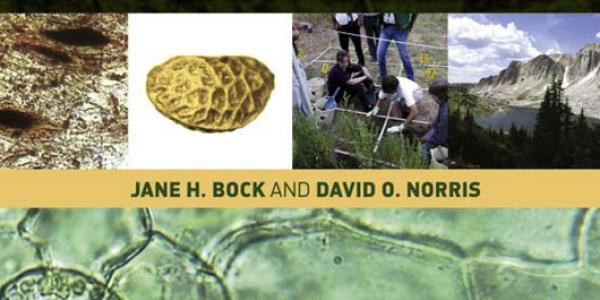Publication date: Sept. 1, 2016
Publisher: Taylor Trade Publishing
About the author: Paul M. Levitt is professor emeritus of English at the University of Colorado Boulder, where he teaches modern drama, history and the gangster novel. He has written more than twenty books, radio plays for the BBC, and numerous popular and scholarly articles. He lives in Boulder.
 Description
Description
Pentimento: The emergence in a painting of lines, images, color, and the like that become visible as the oil paint is cleaned or grows transparent with age, thus revealing the artist's earlier ideas.
Set in Hungamon (aka Bogalusa), Louisiana 1988-89, Provenance takes the reader through progressive historical discoveries to the sources of a Hungarian painting that escaped the grasping fingers of Nazis and Communists, and to the secrets of two families, one Jewish, the owners of the Hungarian painting, and the other gentile, the owners of an American painting, which hides a dark tale.
Adam Shaw, brought as a child from Hungary to America by his adoptive parents, carried with him a gift from his birth parents, a painting. Now married to Rachel French and living in Louisiana, Adam wishes to determine if the painting is, as he surmises, the work of the Hungarian master, Mihály Munkácsy. While he tries to discover the provenance of the painting, Rachel investigates the southern roots of her family. Adam's journey takes him back to the National Archives in Budapest, whereas Rachel's quest takes her to a shabby disused library that holds her father's private papers, from which issue his newspaper articles about Washington Parish and the 1960's civil rights turmoil.
When a young African-American man drowns in the lake behind the Shaw's house, all manner of intrigue ensues. A witness to the drowning, a young Black boy, retreats to the Shaws’ house, where the child's mother, Zoe, comes to take him home. Zoe immediately captures Adam's fancy, so much so that he gives her a position at the facility for tropical diseases that he directs in New Orleans, Moss Hospital. Separated from her husband, Samuel, who is suffering from PTSD and dealing in drugs, Zoe tries to save the life of an Indian child brought to Moss Hospital from the Panamanian rain forest. Samuel and Rachel make common cause when he sees a large portrait of her grandfather and immediately senses its historical import: a 1930's world of lynchings and skullduggery that belies her father's revisionist accounts.
Lynchings, shootings, and suicide provide the impetus for the Shaws and Samuel to involve themselves in children, race, family secrets, provenance, and a conflict that brings into focus the principal characters who occupy a busy canvas of mystery and lies. Although the book, like most fiction, follows a progressive discovery pattern, passions and not thrills drive the plot, which exposes the cultures that underlie two paintings. Once the pentimento of the character's lives is revealed, their surface colors and shapes can no longer hide certain truths. The book ends with masks torn away, lies confuted, and an unexpected providence.


